Fayoum
At just 90 minutes away from Cairo, Fayoum gives access to a whole NEW side of Egypt. Away from the hustle and bustle that is Cairo, this vast expanse of the desert has some of the most important histories of the world hidden underneath sand dunes.
History
The Fayoum Oasis is a depression or basin in the desert immediately to the west of the Nile south of Cairo in Egypt. The extent of the basin area is estimated at between 1,270 km² and 1700 km².
The Fayoum (also given as Faiyum, Fayum, and Faiyum Oasis) was a region of ancient Egypt known for its fertility and the abundance of plant and animal life. … The name derives from the ancient Egyptian word Pa-yuum or Pa-yom meaning “the Lake” or “the Sea” and refers to Lake Moeris, created by Amenemhat I
Fayoum is one of Egypt’s oldest cities, set in the lush Fayoum Oasis and filled with countless natural and historical wonders.
Fayoum was a key Ancient Egyptian city, important for its strategic location and often noted as the city of the crocodile god Sobek, which is why the Greeks referred to it as Crocodophilus. Fayoum was later absorbed by the Roman and Greek Empires.
One of the city’s landmarks is Lake Qarun, a salt lake that Ancient Egyptians partially drained in order to create a natural irrigation system for surrounding land. Surrounding wildlife adapted to this change, creating a truly unique ecosystem. Bird watchers are sure to enjoy the sheer variety of bird species in the Lake region, including flamingos, grey herons, and varieties of duck.
To say that Fayoum is an old city is an understatement. Archaeologists have unearthed evidence of life dating back to the Stone Ages, as well as an unprecedented quantity and quality of fossils. Notable among these are the whale fossils found in Wady el-Hitan (Valley of the Whales), which is now recognized as a UNESCO World Heritage Site.
Inspiring wonder with ancient ruins, pyramids ( Fayoum does not really constitute an organized pyramid field, though there are several located at Lisht. However, the other pyramids of this region or spread about with those of Lisht and Maidum being very close to the Nile River, while Lahun is farther away, and Hawara still further west).
Attractions
Fayoum has something to offer everyone, Lakes – Magic and Qarun, waterfalls (El Rayan’s waterfalls are about 15 km away from the reserve’s gate on the left side of the road (of which nearly two kilometers are unpaved). beaches, birdwatching, Greek/ Roman remains pharaonic remains- dinosaur relics( wadi el hitan ( The skeletons of hundreds of gigantic whales, sharks, and infinite fossils fill the desert valley, which is also known as The Valley of Whales, painting a vivid picture of the sheer scale of its wondrous inhabitants of 40 million or so years ago. Petrified forests, oldest paved road, museums, caves, hiking, Tunis village( famous for pottery), desert safari -dune bashing in 4 by 4 cars, nature, and wildlife, camping under the stars, adventure (sandboarding down the side of a sand dune).
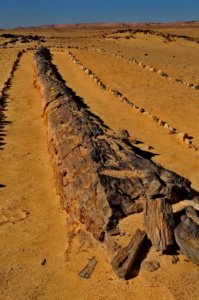
Magic Lake (Named Magic Lake because its waters change colors and hues several times a day, the lake is the perfect spot for a refreshing swim in the middle of the desert. Located in Wadi El Hitan, Magic Lake’s surrounding area is also popular camping and sandboarding destination),
Qarun Lake- Lake Moeris is an ancient lake in the northwest of the Faiyum Oasis, 80 km southwest of Cairo, Egypt. In prehistory, it was a freshwater lake, with an area estimated to vary between 1,270 km² and 1,700 km². It persists today as a smaller saltwater lake called Birket Qarun. Bird watching is a favourite here as the lake attracts many migrating birds From large colonies of flamingos to various duck species, it’s a unique ecosystem, supporting over 88 species of birds, and acts as a lifeline for endangered species like the slender-horned gazelle.
The lake is favoured as a bathing resort by the local people and the season runs all year round however swimming is not recommended from January to April due to the cooler climate. ( but the choice is yours)
El Rayan waterfall- is such an oddity to see in Egypt, it just seems so out of place in a vast desert landscape, it has to be seen to be believed. it is just such a contrast to the way one thinks about Egypt- Pyramids- sphinxes- tombs- ancient pharaoh kings and queens, red sea beaches – snorkeling and diving.
Greek roman -Greco-Roman town (332 BC-554AD) is located on the northeastern edge of Fayoum province not far from Karanis just 9.5 km east of it. Umm Al-Athl is the modern name for the ruins of this Ptolemaic village. there are Greek-Roman baths that have been uncovered.
The petrified forest is the remnants of a forest that grew 35 million years ago. The trees are perfectly petrified, down to their smallest details, and include marshy plants and aquatic ferns as well.
The World’s oldest paved road- The road is dated along with quarry activity as the Old Kingdom, with a possibility of it being of Neolithic age; at Widan El Faras the road is fully visible on the surface.
Hiking in fayoum has a lot of opportunities-
- Wadi El-Hitan.
- Wadi El-Rayan.
- Petrified Forest.
- Gebal El-Medawara.
- Dimet El-Sebaa.
Tunis Village was first created in the 1960s by two famous Egyptian Poets who encourage the locals to become artists. but it is more famous now for the arrival in the 1980s of Evelyne Porret, A Swiss woman, who opened her own Pottery studio with her husband and very quickly turned it into a pottery School to teach all the local children how to make pottery items and encourage them to become budding Potters. Pottery workshops are available around the village in the many pottery workshops.
Desert safari using a 4 by 4 vehicle is the best way to get around fayoum, cross the vast expanses of sand ( on the main roads) climb the giant sand dunes and bash the summits, sandboard down.
Day tours start at 7am and are typically 12 hours long, returning you to your hotel
multi-day tours start at 7am – adding camping in the desert, star gazing,
![]()
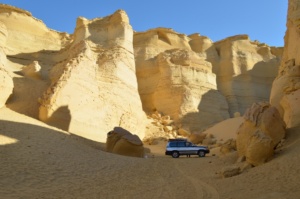

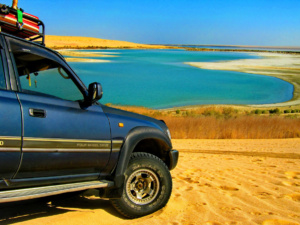
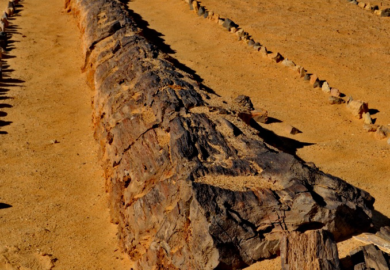
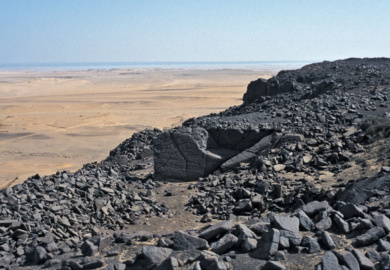

Facebook Comments